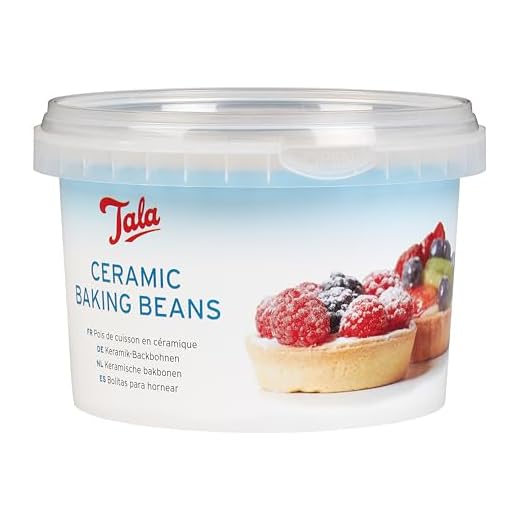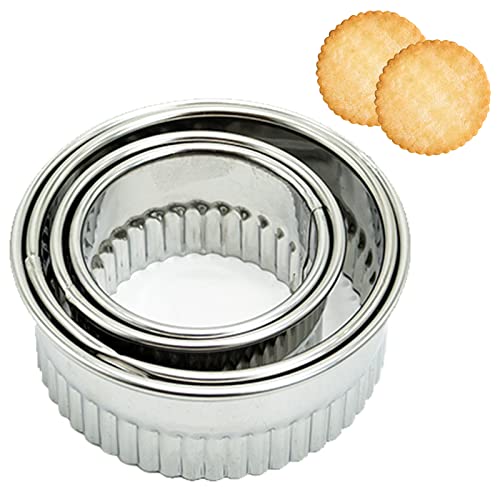How to blind bake shortcrust pastry

Blind baking is a technique used in pastry-making where the crust is partially or fully baked before adding the filling. This method is often used for pies or tarts with fillings that don’t require much or any additional cooking, such as custards or cream-based fillings. Blind baking helps to prevent a soggy or undercooked bottom crust, resulting in a crisp and flaky pastry.
To blind bake shortcrust pastry, you’ll need a few key tools and ingredients:
1. Shortcrust pastry: Start by making or purchasing a basic shortcrust pastry. This type of pastry is typically made from a mixture of flour, fat, and water, and is easy to handle and shape.
2. Pie weights or dried beans: To prevent the pastry from puffing up and losing its shape during baking, it’s important to weigh down the crust. Specialized pie weights can be purchased, but if you don’t have them on hand, dried beans or rice work just as well.
3. Baking parchment and aluminum foil: These two materials are necessary for lining the pastry shell and protecting it from direct heat. The parchment paper prevents the crust from sticking to the baking dish, while the aluminum foil provides an extra layer of insulation.
In conclusion, blind baking is a crucial step in achieving the perfect shortcrust pastry. By following these steps and using the right tools, you can ensure a crisp and evenly cooked crust for your pies and tarts. So don’t skip this important technique the next time you’re baking a delicious pastry!
Essential steps for blind baking shortcrust pastry
Blind baking is a technique used to pre-bake a pie crust or tart shell without the filling. This ensures that the crust cooks properly and stays crisp, even with moist fillings. Here are the essential steps for blind baking shortcrust pastry:
| Step 1: | Preheat your oven to the recommended temperature for your recipe. |
| Step 2: | Prepare your pastry. Roll it out to the desired thickness, then carefully transfer it to your pie dish or tart tin. |
| Step 3: | Using a fork, prick the bottom of the pastry shell all over. This will prevent it from puffing up during baking. |
| Step 4: | Cover the pastry with parchment paper or aluminum foil. Make sure to press it against the edges and bottom of the shell. |
| Step 5: | Fill the shell with pie weights or dried beans. These will help to weigh down the crust and prevent it from shrinking or bubbling up while baking. |
| Step 6: | Place the pastry shell in the preheated oven and bake for the recommended time in your recipe. This will allow the crust to cook partially. |
| Step 7: | After the recommended baking time, carefully remove the parchment paper or aluminum foil and the pie weights or dried beans. |
| Step 8: | Return the pastry shell to the oven and continue baking for a few more minutes, or until the crust turns golden brown and crisp. |
| Step 9: | Once fully baked, remove the tart shell from the oven and let it cool completely before filling with your desired filling. |
Following these essential steps will ensure that your shortcrust pastry turns out perfectly baked and ready to be filled with your favorite delicious fillings. Happy baking!
Preparation for blind baking shortcrust pastry
Blind baking is a technique used to bake a pie or tart crust before adding the filling. This helps to ensure that the crust is fully cooked and not soggy when the filling is added.
1. Preheat the oven
Before you start preparing your pastry, preheat your oven to the temperature specified in your recipe. This ensures that your oven reaches the proper temperature for baking the pastry.
2. Prepare the pastry
Roll out the pastry on a lightly floured surface to fit your pie or tart tin. Make sure the pastry is evenly rolled and of the appropriate thickness specified in your recipe. Gently transfer the rolled pastry into the tin, press it down, and trim off any excess edges.
If your recipe calls for it, dock the bottom of the pastry by pricking it with a fork. This prevents the pastry from puffing up during baking.
3. Chill the pastry
Place the pastry-lined tin in the refrigerator for at least 30 minutes. Chilling the pastry helps to relax the gluten, preventing shrinkage during baking.
In some cases, recipes may call for freezing the pastry for a short period of time. This step is useful when working with tender pastries that need additional structure.
4. Prepare the pie weights
Pie weights or baking beans are used during blind baking to prevent the pastry from puffing up. Place a layer of parchment paper or aluminum foil on top of the pastry and fill it with pie weights to weigh the pastry down.
If you don’t have pie weights, you can use dried beans or rice as a substitute. Just make sure to save them for future blind baking, as they will not be suitable for consumption after coming into contact with raw pastry.
If your recipe suggests it, you can also crumple the parchment or foil into a ball before adding the weights. This helps to keep the pastry from sticking to the weights.
By following these preparation steps, you’ll be well on your way to blind baking the perfect shortcrust pastry for your pies and tarts.
Blind baking the shortcrust pastry
Blind baking is a technique used to ensure that the base of your shortcrust pastry remains crisp when baking with wet fillings, such as custards or fruit compotes. It involves partially baking the pastry crust before the filling is added.
Here’s how to blind bake your shortcrust pastry:
Step 1: Prepare the pastry
Start by preparing your shortcrust pastry according to your recipe or using a store-bought version. Roll out the pastry into a circle that’s slightly larger than your tart or pie dish.
Step 2: Line the pastry with parchment paper
Gently press the pastry into the dish, ensuring it fits snugly against the sides. Place a sheet of parchment paper over the pastry, allowing it to cover the edges. This will prevent the pastry from sticking and make it easier to remove afterwards.
Step 3: Weigh down the pastry
To prevent the pastry from rising during baking, place baking weights or dried beans onto the parchment paper. Make sure the weights are evenly distributed and press them down gently.
Step 4: Preheat and bake
Preheat your oven to the recommended temperature for your recipe. Once the oven is heated, carefully place the pastry-lined dish on a baking sheet and transfer it to the oven. Bake for the recommended time or until the edges of the pastry start to turn golden brown.
Step 5: Remove the weights
Carefully remove the baking sheet from the oven and lift off the parchment paper with the weights. Be cautious as the weights will be hot.
Step 6: Bake until golden
Return the pastry to the oven and continue baking for a few more minutes until the base is golden brown. This second baking without the weights allows the pastry to evenly cook and become firm.
Step 7: Cool and fill
Once the pastry is golden brown, remove it from the oven and allow it to cool completely before adding your desired filling. Blind baking eliminates the risk of a soggy or undercooked crust and ensures a crisp base for your tart or pie.
Enjoy your delicious blind baked shortcrust pastry with your favorite flavors!
Final steps for perfect blind baked shortcrust pastry
After blind baking your shortcrust pastry, there are a few final steps to ensure a perfect result. Follow these instructions to achieve a delicious, flaky crust:
1. Remove the pie weights and parchment paper:
Carefully remove the parchment paper and pie weights from the blind baked pastry. You can set aside the pie weights to cool for later use.
2. Dock the bottom of the crust:
Using a fork or a tip of a knife, dock the bottom of the crust by making small holes. This will prevent the pastry from puffing up while baking the filling.
3. Return the pastry to the oven:
Place the pastry back in the oven and bake for a further 5-10 minutes, or until the crust is lightly golden. This step, known as “drying out the crust,” will help keep it from becoming soggy when filled.
4. Remove from the oven and cool:
Once the crust is golden, carefully remove it from the oven and allow it to cool completely on a wire rack. This will help the crust to become crisp and ready to be filled.
5. Fill and bake:
Now that your blind baked shortcrust pastry is ready, you can fill it with your desired ingredients and bake it according to your recipe’s instructions. Whether you’re making a sweet fruit tart or a savory quiche, your crust will be the perfect base for a delicious treat.
Remember to be patient and pay attention to these final steps to achieve a beautifully baked and tasteful shortcrust pastry. Enjoy!













